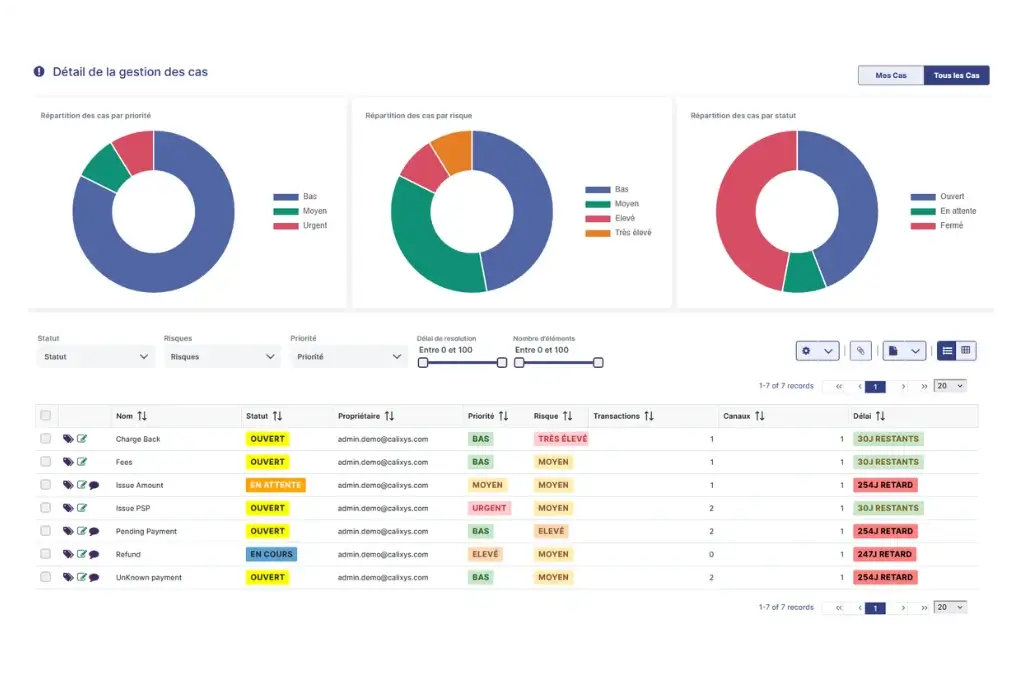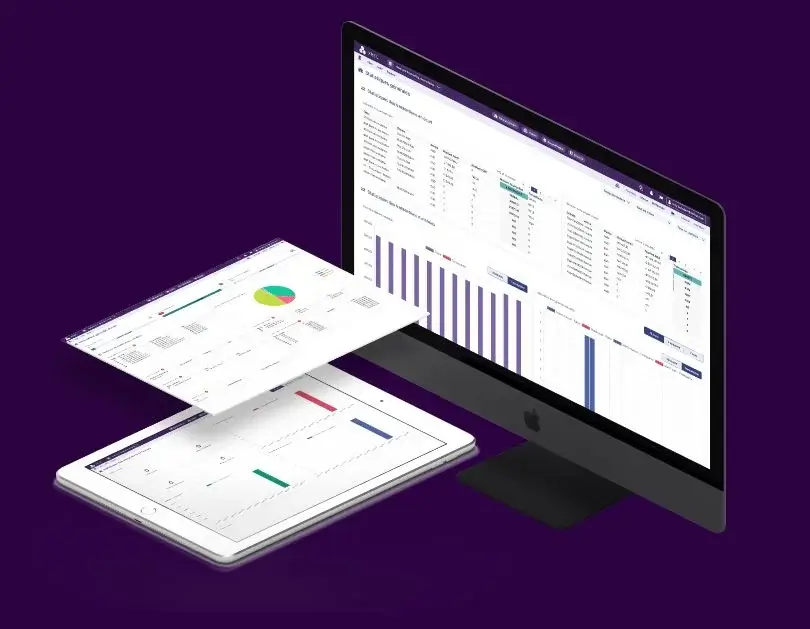Insurance regulation: how financial reconciliation helps meet Solvency II and IFRS 17 requirements

Publié
Le 16/07/2025, par :
- Anne Marie Diom
Sections
The insurance sector is among the most heavily regulated financial environments. Between Solvency II, the requirements of regulatory authorities like the ACPR, and international accounting standards such as IFRS 17, insurance companies face unprecedented levels of control and transparency. In this context, the quality and traceability of financial data are not just desirable—they are essential.
This is precisely where financial reconciliation comes in. By detecting discrepancies, justifying them, and correcting or resolving them, reconciliation ensures that every accounting entry can be traced back to its origin. Long perceived as a back-office control step, reconciliation has become a cornerstone of regulatory compliance in insurance.
Solvency II, ACPR, IFRS 17: increasing requirements for traceability and transparency
Since Solvency II came into force, insurers must demonstrate their ability to cover financial commitments under all circumstances. This requires:
- A precise understanding of technical provisions,
- Systematic documentation of all flows,
- Justification of each discrepancy, however minor.
Regulators like the ACPR and EIOPA mandate complete traceability of the data used to produce financial and prudential reports. In this context, even a single unexplained anomaly can result in:
- Mandatory corrections or increased capital reserves,
- In-depth regulatory audits,
- Damage to trust between insurers and supervisory bodies.
IFRS 17 further strengthens these transparency expectations by requiring detailed segmentation of insurance contracts and rigorous revenue recognition.
Keyword Sheet / Glossary
Term | definition |
|---|---|
Solvency II | A European regulatory framework requiring insurers to maintain sufficient capital to reduce the risk of insolvency. It assesses risks on a market-consistent basis and imposes strict governance, reporting, and capital rules. Non-compliance can lead to capital surcharges, regulatory sanctions, or operational restrictions. |
IFRS 17 | An international accounting standard for insurance contracts. It standardizes how insurers recognize revenue and obligations, improving comparability and transparency across countries and entities. Effective since January 2023. |
IBNR (Incurred But Not Reported) | A type of technical provision set aside to cover claims that have occurred but have not yet been reported to the insurer. Essential for accurate solvency measurement. |
Why financial reconciliation is the backbone of regulatory compliance
Financial reconciliation ensures that all data recorded across systems—accounting, policy administration, claims, CRM—match and align. In a highly regulated environment, reconciliation is both a management tool and an audit-proof mechanism.
Without reconciliation:
- Discrepancies go undetected,
- Claims are under- or over-provisioned,
- Commissions are incorrectly paid or calculated,
- Prudential reports are biased.
With strong reconciliation:
- Each discrepancy is justified (and its risk mitigated),
- Corrections are clearly documented,
- Financial and regulatory reporting is consistent,
- Audit and sanction risks are reduced.
Quick Reference: The 3 Key Actions of a Regulatory Reconciliation Process
Ce triptyque est fondamental pour satisfaire aux attentes des autorités de supervision. Il structure les opérations de réconciliation au quotidien.
action | definition | Objective |
|---|---|---|
Correct | Fix incorrect or miskeyed data in the source system. | Ensure the accuracy of financial information. |
Resolve | Address a discrepancy with a concrete action (e.g. payment, follow-up). | Eliminate suspense or outstanding items. |
Justify | Document an unresolvable discrepancy with a clear explanation. | Provide evidence in case of audit or control. |
Structuring a reconciliation process that meets regulatory standards
A regulatory-compliant reconciliation process should be built on four operational pillars:
- Regular account reconciliation cycles: ideally daily or weekly, to detect anomalies early.
- Full audit trail: each discrepancy must be logged, justified, or resolved, with who did what and when clearly recorded.
- Classification by discrepancy type: duplicates, unmatched entries, delayed payments, rate errors, etc.
- Customized business rules: adapted to each flow, partner, or type of contract.
For example: in reconciling technical provisions, one must align actuarial estimates, policy data, reported claims, and IBNR (incurred but not reported) reserves. All data must link clearly from source to accounting entry.
Automating to strengthen compliance
Regulators do not require automation—but they demand proof. That’s precisely what a solution like XREC delivers:
- Automated matching of millions of transactions,
- Justification of discrepancies based on configurable business rules,
- Real-time traceability and exception reporting,
- Dynamic dashboards with full reconciliation status visibility.
Automation also prevents manual errors, speeds up processing, and frees up finance teams to focus on high-value tasks like analysis and risk management.
Collaboration and traceability: key to successful regulatory audits
Compliance is a team effort. Reconciliation involves multiple stakeholders: accounting, risk, actuarial, IT, and compliance. Without the right tools, these interactions become fragmented and poorly documented—creating blind spots in case of an audit.
That’s why XREC embeds native collaborative features:
- A full audit trail for every reconciliation process,
- User roles and responsibilities (corrector, reviewer, validator),
- A validation workflow with clear accountability at every step.
In a regulatory context, this ensures not only data accuracy but also governance over the entire reconciliation process.
Conclusion
In insurance, regulatory compliance relies on data that is accurate, justified, and traceable. This is exactly what robust financial reconciliation delivers—when it is structured, automated, and driven by business rules tailored to your flows.
Faced with Solvency II, IFRS 17, and increasing scrutiny from authorities, reconciliation is no longer optional. It is the operational foundation that enables insurers to be compliant, agile, and audit-ready in a constantly evolving regulatory landscape.



